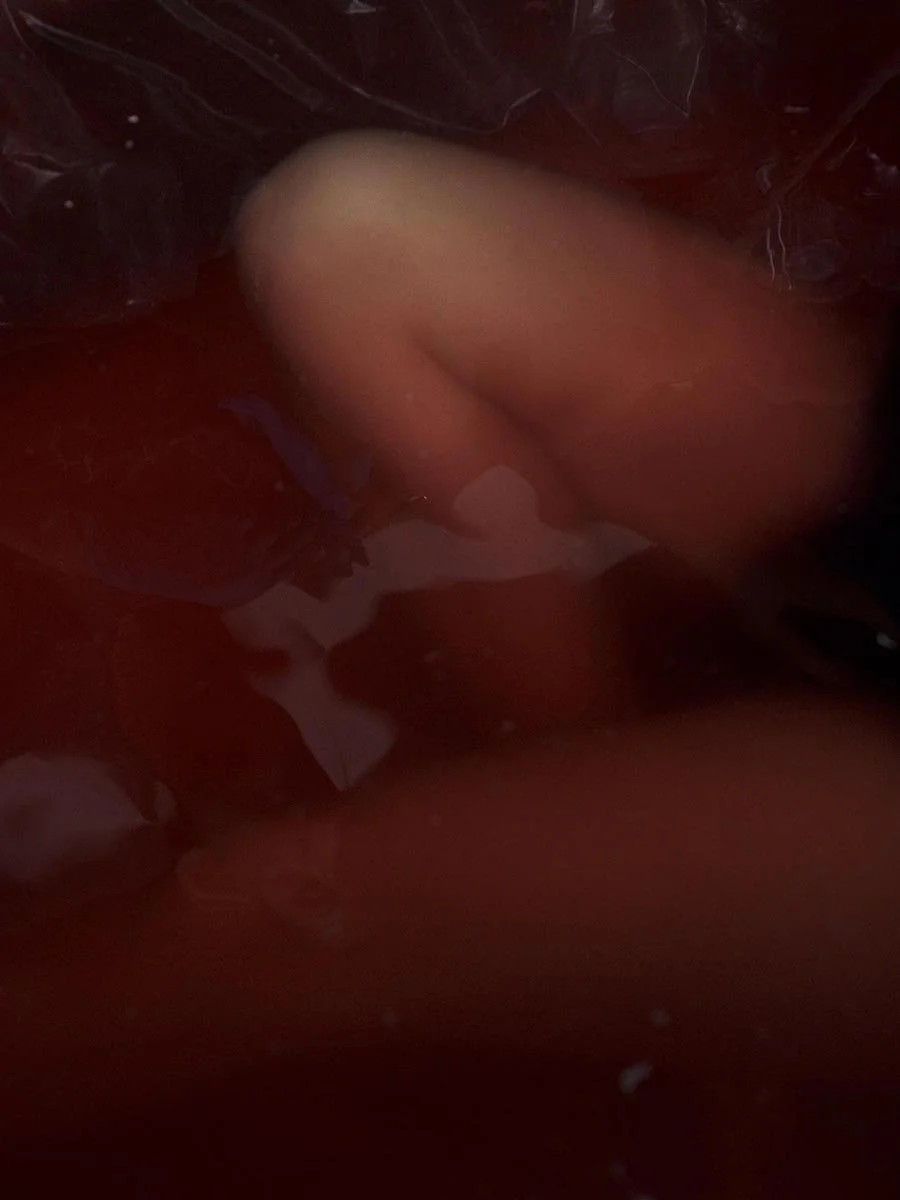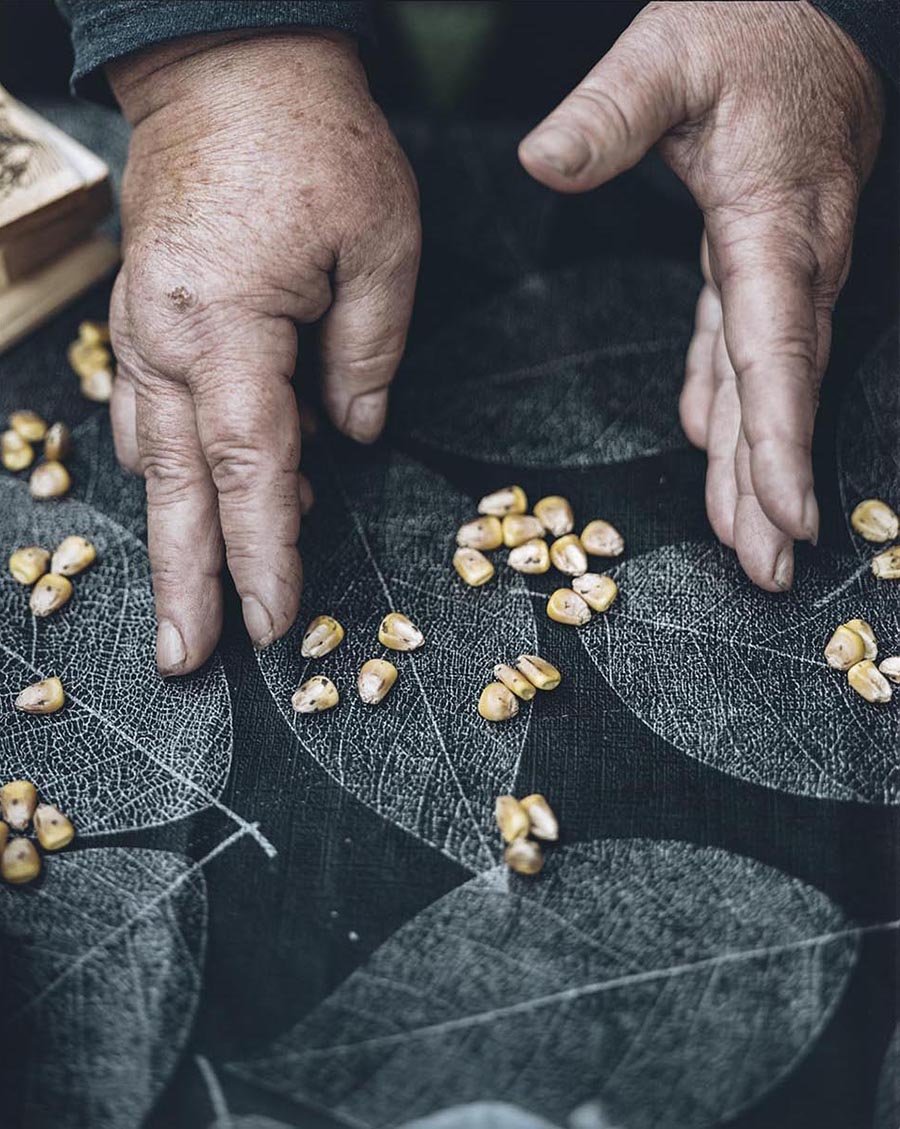

















Saudade da Garoa (Missing the Mizzle)
The 11th of September 2024 the sky of São Paulo turned completely yellow, and the sun was covered by clouds; a short time after started raining soot: it was the ash from the fires in the Amazon rainforest, in the Pantanal and from several burning areas in the State of São Paulo. The atmospheric precipitation came after weeks of dry climate and unbreathable air which positioned the city that during a week registered the worst air quality in the World.
São Paulo is the biggest metropolis in South America, with almost 12 million people living in the city and a total of 21 million people living in a highly built area of 7900 square kilometers. 47,54% of the population of the State of São Paulo live in the city area. Where there is the city once there was a vast Atlantic forest covering the hills, which are now covered by the concrete of the building. The city is crossed by 800 rivers of different sizes, flowing through the urban territory. In the beginning of the XX century until a few years ago, the city’s administration started canalizing and silting up the rivers, changing forever the geography of the city and also its climate. Due to the presence of rivers e and the forest, São Paulo was known as “the city of the mizzle”, in Portuguese, a cidade da garoa. Now, because of the intense urbanization, construction and deforestation, the mizzle has completely disappeared.
Today the city of São Paulo and its state are considered the area, in the Brazilian territory, that will be most affected by the climate change happening now and in the future, with a prediction of a temperature rise of 6 degrees Celsius and heat waves longer than 150 days in 2050. Despite this uncertain and frightening future, the political administration tends to ignore the message coming from the environment, not promoting a decrease in greenhouse gas emissions, and therefore doing almost nothing in order to develop new form of urban sustainability. The climate change but also the canalization and sitting up of the rivers with the decreasing of green areas because of the massive building construction promoted by the city administration in 2023 created the perfect conditions for an increasing of floating (already increased 57% in 2022) especially in the areas where rivers were flowing. The environmental inequality between the city regions created different climatic areas within the same city where the high-income neighborhood are greener and with lower temperature, reaching 8 degrees Celsius different between the wealthy areas and the low-class income districts.
In this challenging landscape, groups of people, associations, and communities are setting in motion different forms of resilience, striving to change the city on their own, usually without any support by state institutions.To contrast the lack of a governamental policy of environmental resilience, there are associations like “Missão Ambiental” (Environmental Mission) that, using a gap in the law, plant native trees in the "green islands" that separate the roadway or in abandoned empty fields around the city. There are also groups of people that create community and social gardens to grow organic products with the aims of teaching to other people or selling their products for a fair price to the local community. In a country where the monoculture prevails, using an extensive amount of pesticides and chemical fertilizers, in the metropolitan area of São Paulo, there are also 3 settlements of the MST (Landless Workers Movement), a social Brazilian movement aimed at the agrarian national reform, that grows organic products only, selling them to private citizens of São Paulo but also to public schools and soup kitchens, promoting the 0 Km economy and a culture of healthy food.Finally, in the metropolitan area of São Paulo, there are 6 indigenous territories; one of them is the Jaraguá Peak, the smallest indigenous territory in Brazil. The Guarani communities of São Paulo struggle for their survival against discrimination and gentrification but also are active in teaching their models and culture of preserving and maintaining the environment; they are small farmers and local producers and a living seed bank for the conservation of native seeds (of trees, vegetables and cereals) today lost because of the genetic modification.
São Paulo is sinking, hostage of its ultra-capitalist and neo-liberal development, where money has to be made independently of its destructive consequences. While the 1% of the population continue to follow the profit no matter the costs, the low-income classes are striving to change the paradigm, struggling to create an “other” future, a fair and sustainable city, greener but also socially just, because, as Brazilian activist Chico Mendes once said, “ecology without class struggle is gardening”.














